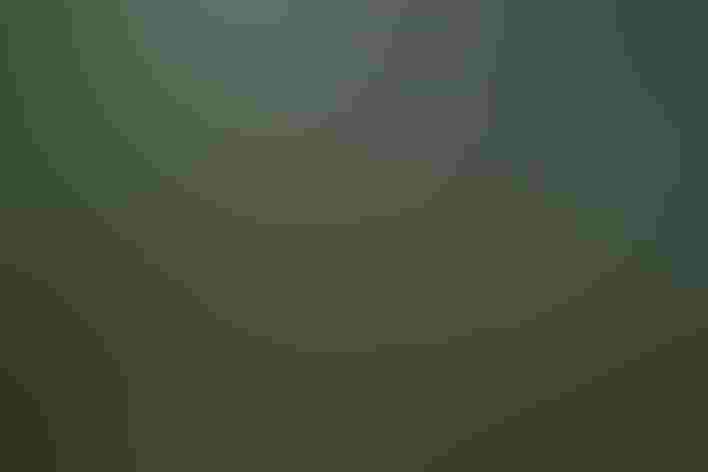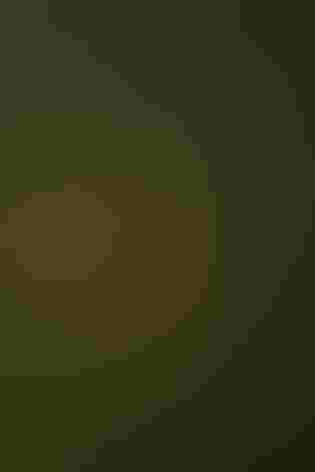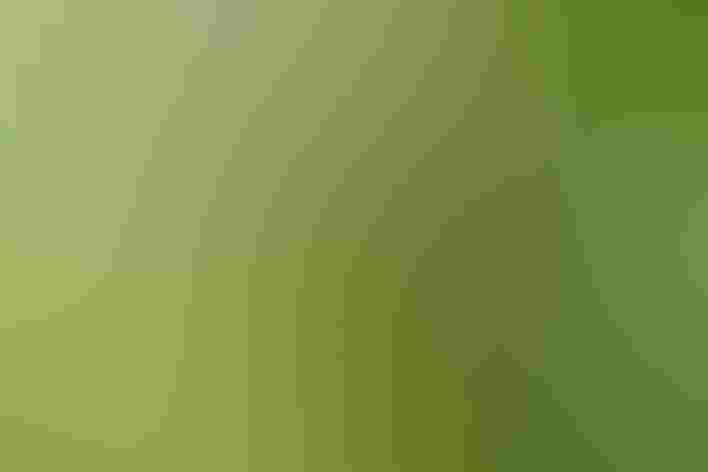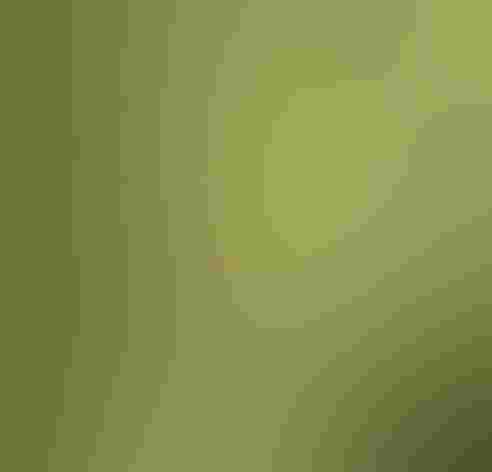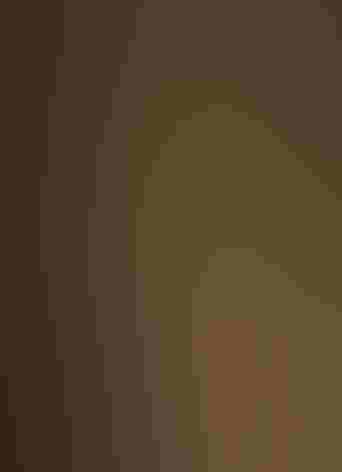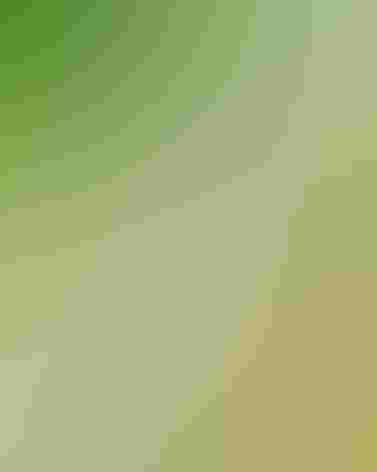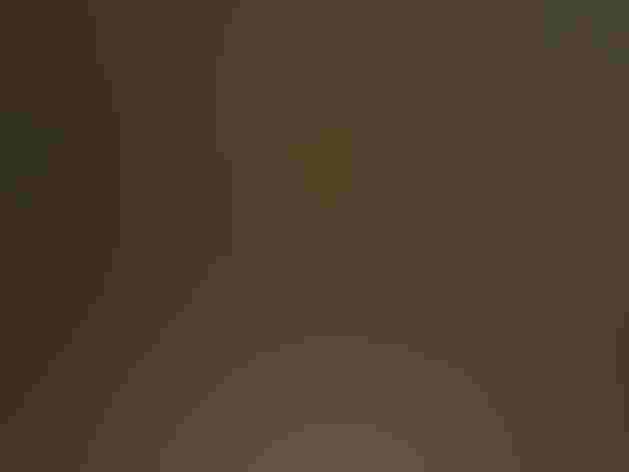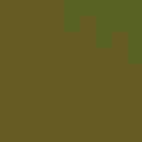Prothonotary Warbler
At a Glance
In southeastern swamps in summer, this bright golden warbler sings from high in the trees. It is unique among eastern warblers in its habit of nesting in holes in trees, rather than in the open; it will sometimes nest in birdhouses placed close to the water. The name 'Prothonotary' originally referred to a group of official scribes in the Catholic Church who wore bright yellow hoods, as this bird appears to do.
All bird guide text and rangemaps adapted from Lives of North American Birds by Kenn Kaufman© 1996, used by permission of Houghton Mifflin Harcourt Publishing Company. All rights reserved.
Category
Perching Birds, Wood Warblers
IUCN Status
Least Concern
Habitat
Coasts and Shorelines, Forests and Woodlands, Freshwater Wetlands, Saltwater Wetlands, Shrublands, Savannas, and Thickets
Region
California, Eastern Canada, Florida, Great Lakes, Mid Atlantic, New England, Plains, Rocky Mountains, Southeast, Southwest, Texas
Behavior
Direct Flight, Flitter, Hovering
Population
2.100.000
Range & Identification
Migration & Range Maps
Migrates relatively early in both spring and fall, with peaks in many areas during April and August. A very rare stray in the west, mostly in fall.
Description
5 1/2" (14 cm). Golden yellow head and chest, white under tail, blue-gray wings and tail with white tail spots. Rather short tail and large bill for a warbler. Female duller than male. Compare to other warblers and to female orioles.
Size
About the size of a Sparrow
Color
Black, Blue, Gray, White, Yellow
Wing Shape
Rounded
Tail Shape
Rounded, Short, Square-tipped
Songs and Calls
Song a ringing sweet-sweet-sweet-sweet-sweet-sweet-sweet; also a canary-like flight song. Call a loud, metallic chip.
Call Pattern
Falling, Flat, Rising
Call Type
Chirp/Chip, Hi, Whistle
Habitat
Wooded swamps. Breeds in flooded river bottom hardwoods including black willow, ash, buttonbush, sweetgum, red maple, hackberry, river birch, and elm; or wetlands with bay trees surrounded by cypress swamp. Also nests near borders of lakes, rivers and ponds, normally only in areas with slow moving or standing water. Winters in the tropics in lowland woods and mangrove swamps.
Sign up for Audubon's newsletter to learn more about birds like the Prothonotary Warbler
Behavior
Eggs
4-6, sometimes 3-8. Creamy or pink, with spots of brown. Incubation is by female, 12-14 days.
Young
Fed by both parents. Leave nest 10-11 days after hatching. Supposedly can swim at fledging. 2 broods per year.
Feeding Behavior
Feeds by gleaning insects among foliage, normally low down among thickets, and usually above water. Sometimes hops about on floating drift wood and mossy logs, peeping into crevices. May occasionally forage by winding its way up the trunks of trees like a nuthatch.
Diet
Insects and snails. Feeds on adult insects and larvae (especially aquatic insects), ants, caterpillars, mayflies, beetles, and other insects; also snails and other small mollusks, spiders, and some seeds.
Nesting
Males arrive on nesting grounds in early April, about a week before females. Males establish territories by singing, vigorous displays, chases, and fighting. Males place small amounts of moss into the nest cavity, building dummy nests, but only female builds real nest. Male displays intensively to the female during courtship by fluffing plumage, and spreading wings and tail. Nest site usually 5-10' up (sometimes 3-30' up), above standing water in hole in tree or stump. Cavities are often old Downy Woodpecker nests. Sometimes excavates its own hole in very rotten stumps, and will use birdhouses. Female fills nest cavity nearly to the entrance hole with moss, dry leaves, twigs and bark; then lines it with rootlets and bark strips.
Conservation
Conservation Status
Undoubtedly declined in past with clearing of southern swamp forests. Still fairly common in remaining habitat. Has been helped in some areas by conservationists putting up birdhouses.
Climate Threats Facing the Prothonotary Warbler
Choose a temperature scenario below to see which threats will affect this species as warming increases. The same climate change-driven threats that put birds at risk will affect other wildlife and people, too.

